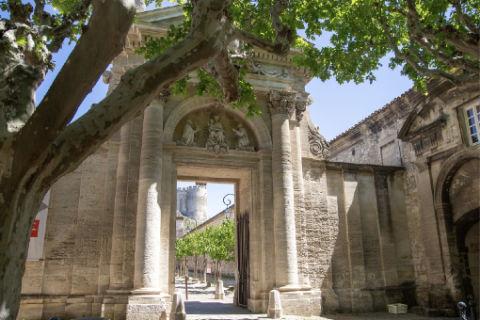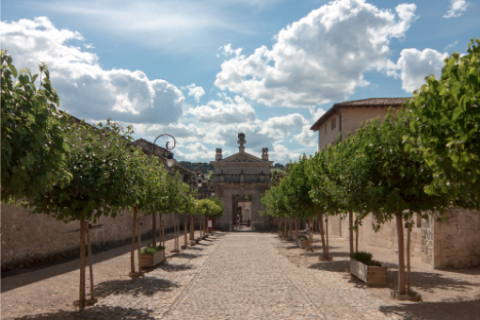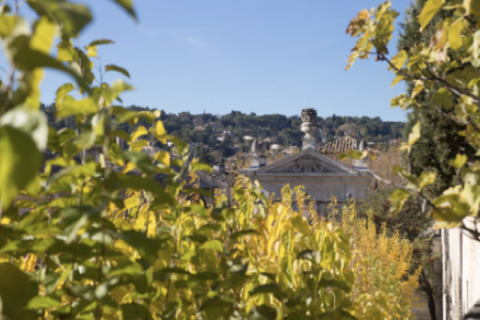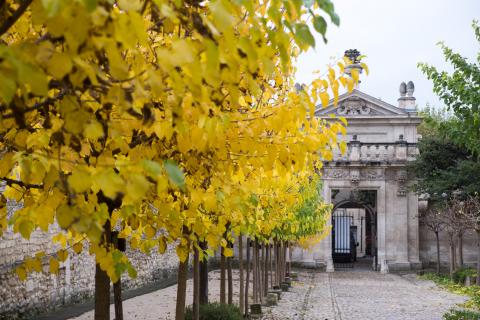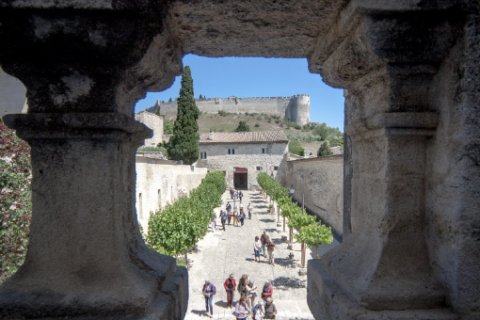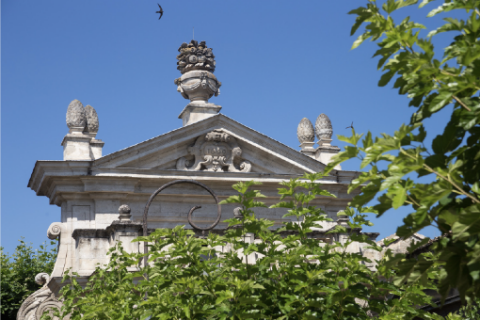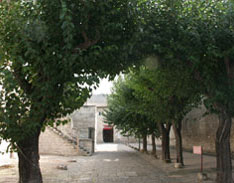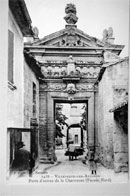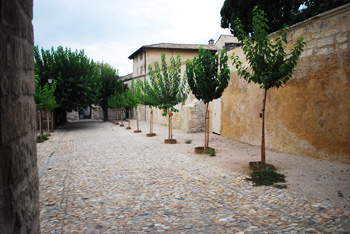In the 18th century, the monastery was the biggest Chartreuse in the Kingdom of France. Over one hundred people lived here. The monks worked on renovating the buildings and the gardens. They planted crops which could bring in revenue, such as elms and mulberry trees. This lane planted with mulberry trees was created in the 17th century. One century later it inspired great admiration. One traveller who saw it described it as “composed of four rows of columns and large mulberry trees all together”.
Mulberry trees: Indispensable to the silkworm industry, mulberry trees were widely planted in France in the 17th century when Colbert encouraged the creation of silkworm raising farms known as magnaneries throughout the south of France. Around 1757, Carthusian monks planted more than 2000 mulberry trees.
Elm trees: Unfortunately there remain no elm trees from the time of the monks, for the trees were decimated by Dutch elm disease in the 19th century. Elms were considered to be the noblest of trees and the most useful. Their wood was used to make building frames, furniture, veneer and many other things.
Since 2008, 24 mulberry trees (morus alba) have been replanted through a system of philanthropic subscription. Boxes of aromatic Mediterranean herbs stand between the mulberry trees.


